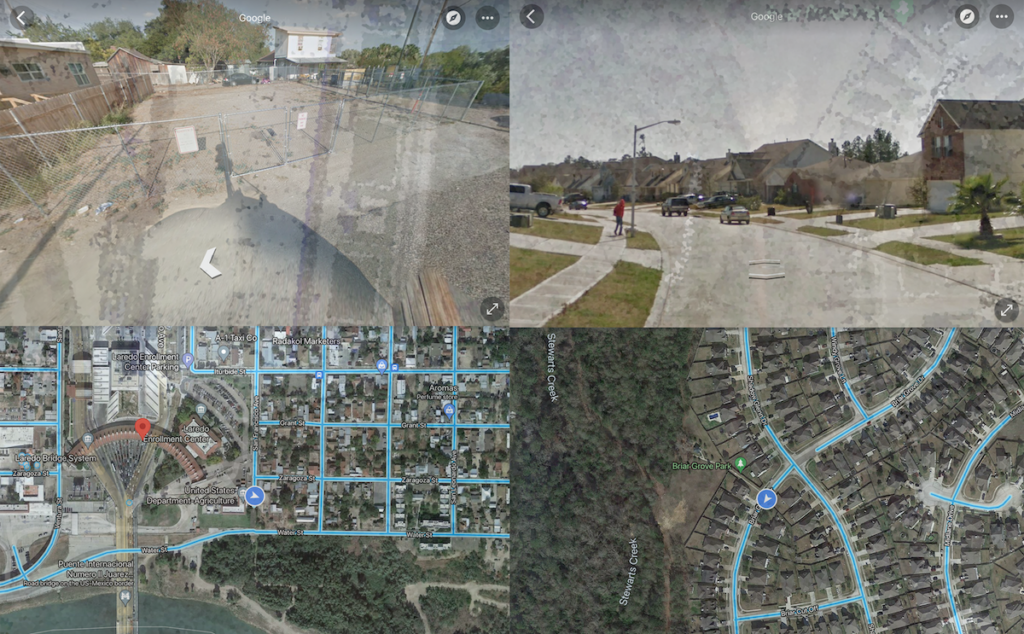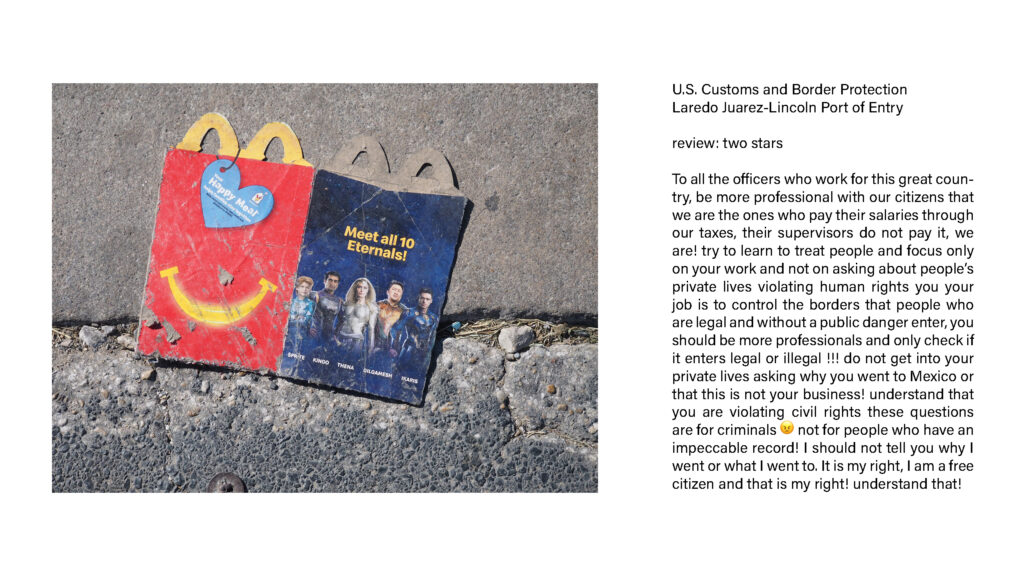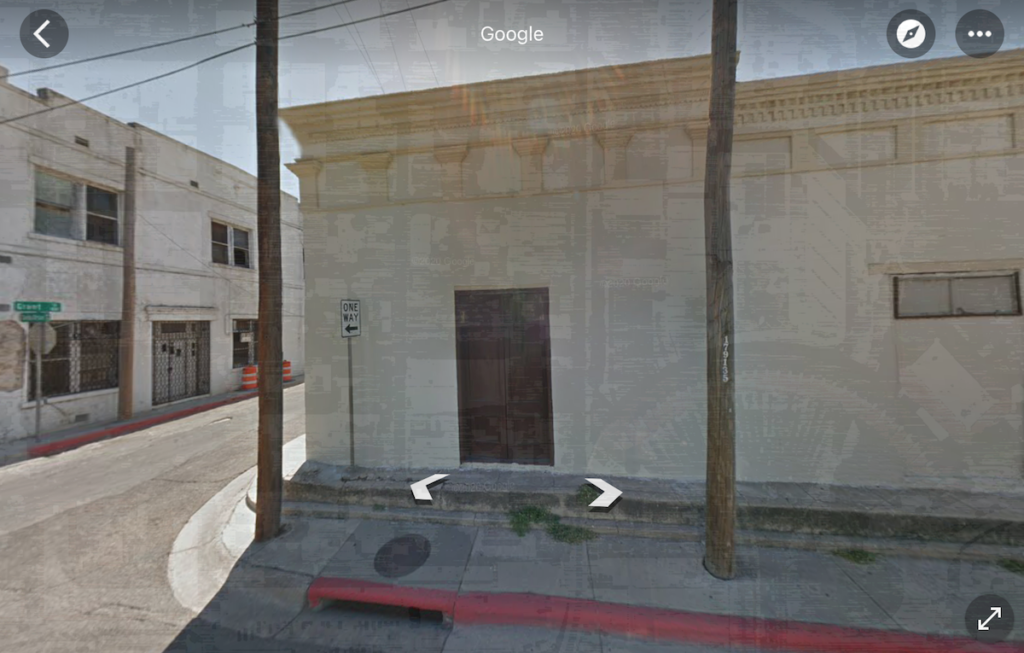Carceral Edgelands is a Bureau for Experimental Ethnography initiative that seeks to explore the places surrounding sites of immigrant detention. We began in earnest after partnering with In Plain Sight, a project that aims to “amplify the voices organizing on the inside and outside of detention centers, bringing together artist interventions and direct support for those urgently working towards immigrant justice.”
We define Carceral Edgelands as the vicinity of immigrant detention centers. These edgelands include the farms, mini-mall, medians, fields, Dairy Queens, houses, forests, strip clubs, wetlands, factories, warehouses, and streams that comprise places surrounding sites of immigrant detention. In some cases, vicinity is read metaphorically or analogously and traced in less familiar places.
2021-2022 Field Season
The field season officially began on December 11, 2021 with an opening event featuring the work of Chris Brown, Jon Carter, Megan Gette, Randy Lewis, Sofian Merabet, Vasilina Orlova, Marina Peterson, Shannon Speed, Kathleen Stewart, Raymond Thompson, and Yoke Sum Wong. This was followed by an invitation for volunteers to participate in a year-long exercise in writing the carceral edgelands.
We developed a number of forms and instructions for different scenarios to help our volunteer writers. Some of these were invitations to write from above, using only google maps. Others had volunteers travel to sites identified in the map provided by In Plain Sight. The goal was to invite participants to create photo-writing diptychs or to write sets of two-hundred word ethnographic compositions using the various prompts, surveys, and instructions.
Experimental ethnography asks us to pay attention to the world as it is lived, seen, told, and experienced. It is a mode of engagement as much as a mode of expression. It embraces indeterminacy just as it commits to a distributed politics of care, decency, and wonder.

Carceral Edgelands field work season attempts to capture—through accounts of encounter in writing and photography, in poems, found words, collections of sticks and plastic flotsam—what terrain vague considers to be the ambiguous spaces in the landscape.

This project recognizes the myriad ways of thinking about the spaces of detention. We’re moved by the In Plain Sight project and want to learn more about the places from which people might see the sky writing. We are interested in the edges of the industrial zones and infrastructures that are often overlooked in everyday life. We’re interested in unwritten places and the gnarled ecologies of the rural. This is a project that works in a minor mode: Little trips and expeditions to zones known and unknown. For us the Carceral Edgeland is the space tethered to the site of incarceration that is defined principally by being outside of detention in the bleeding beyond that pulls into the industrial, the commercial, the recreational, and the residential.

